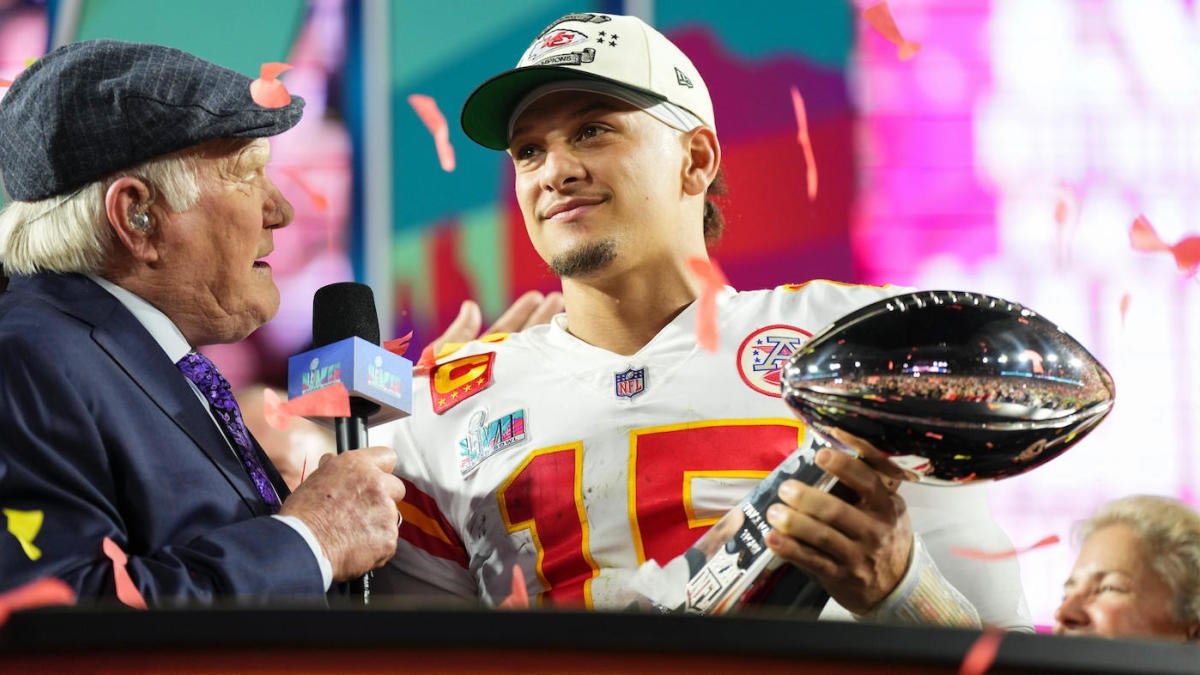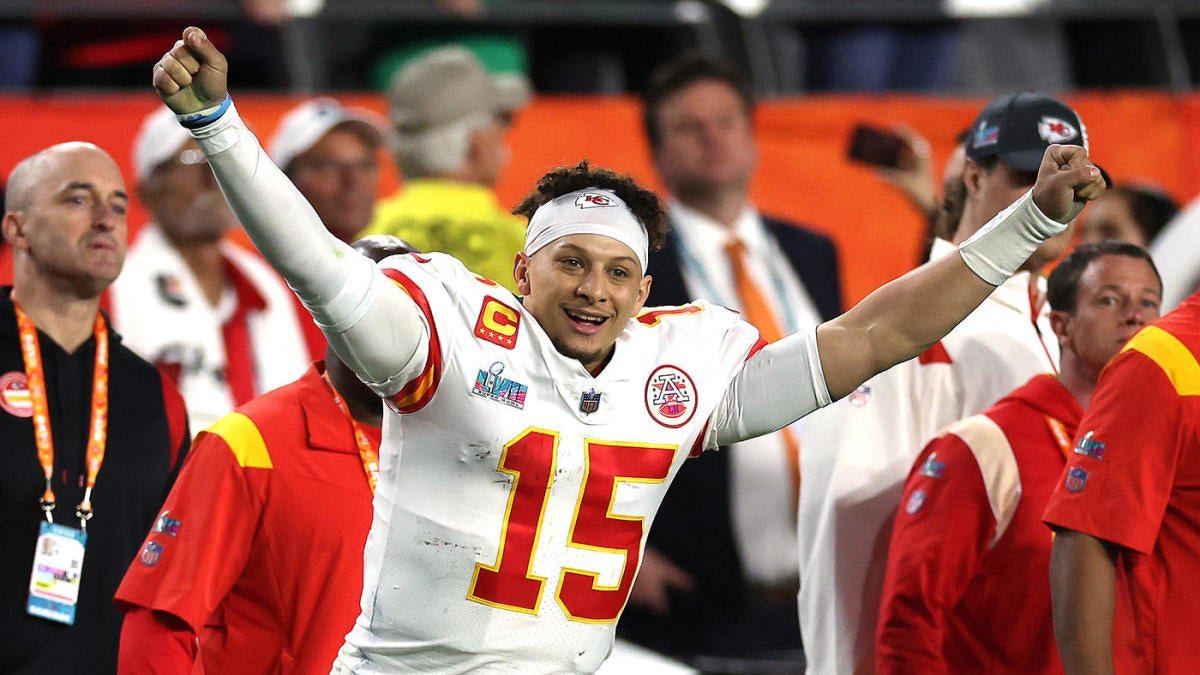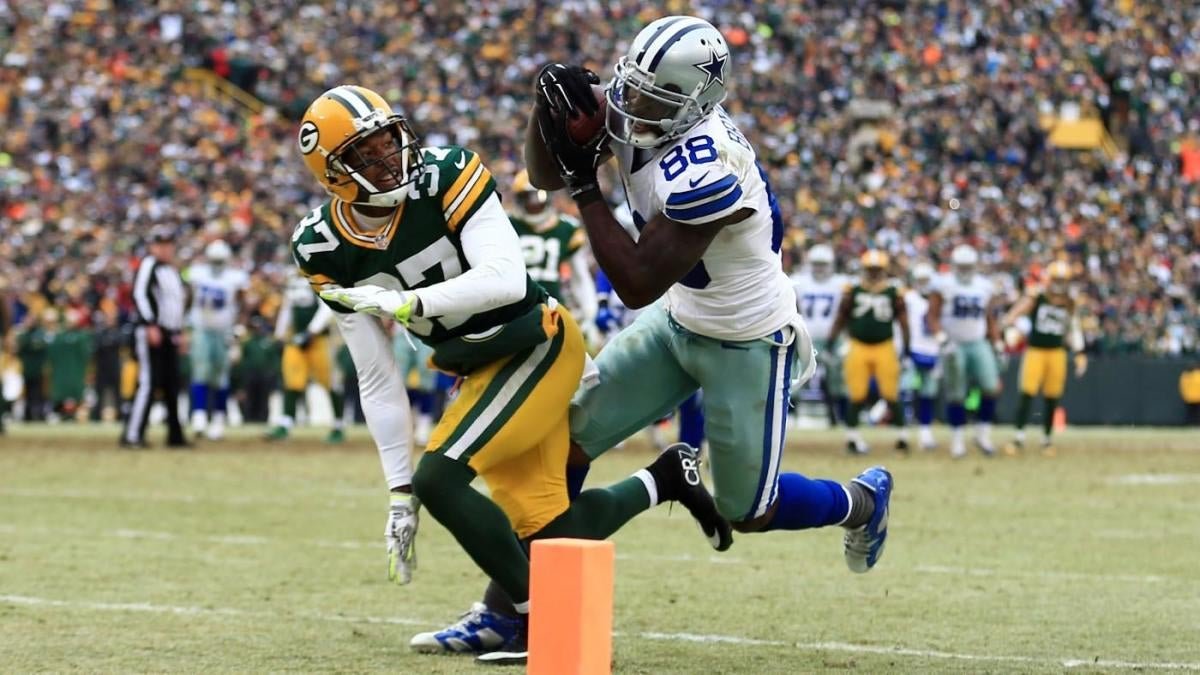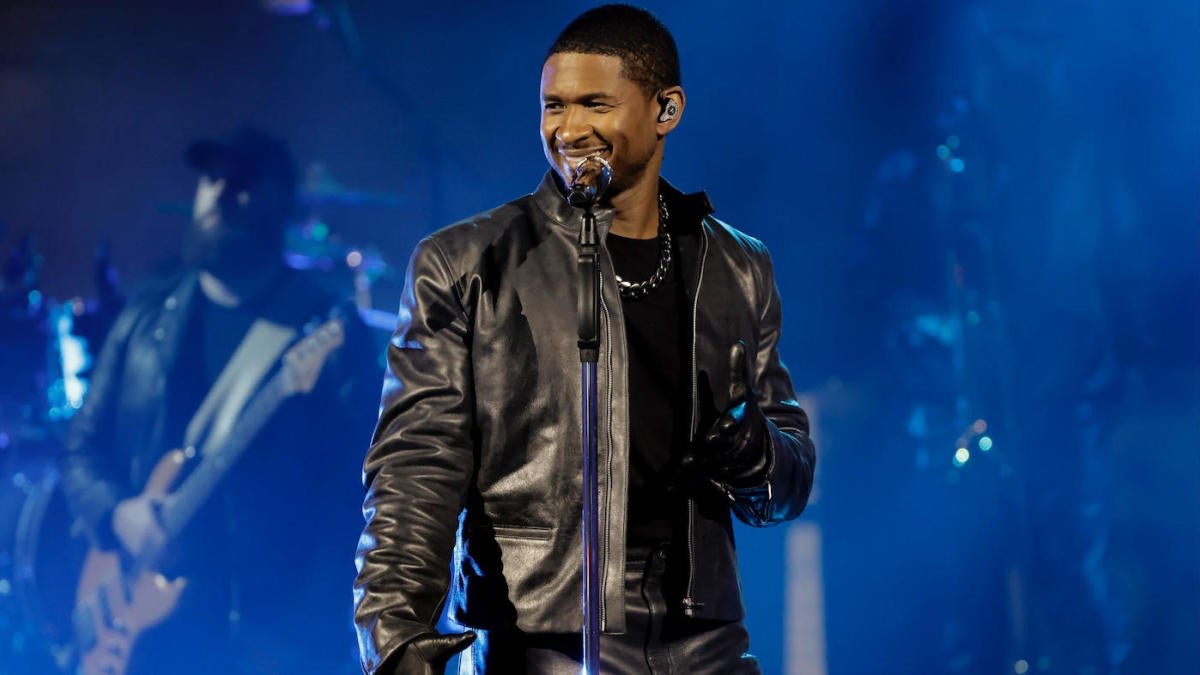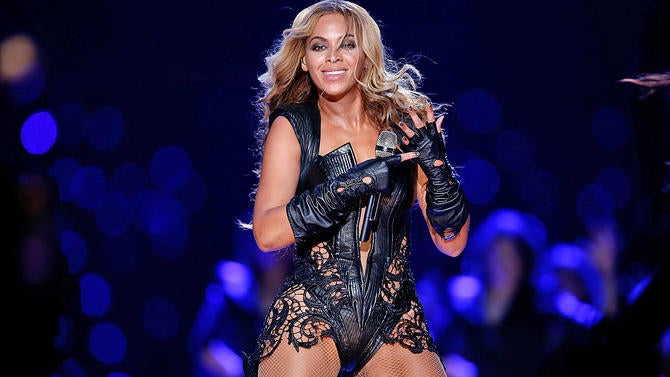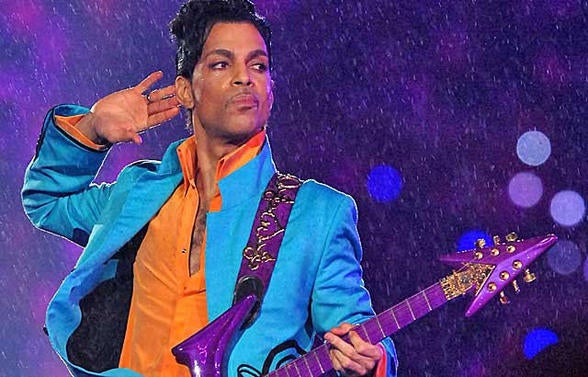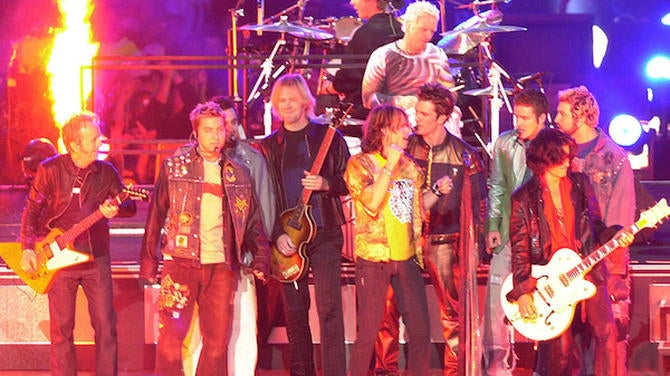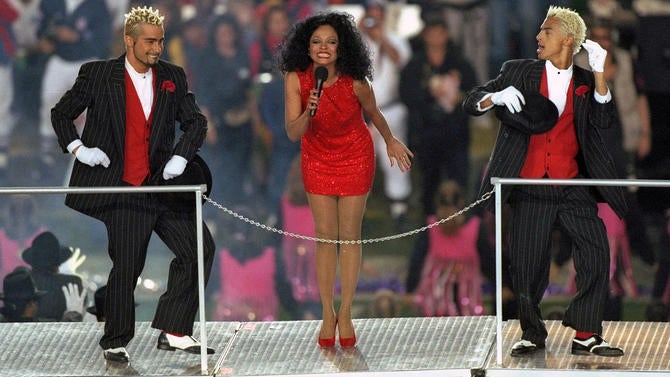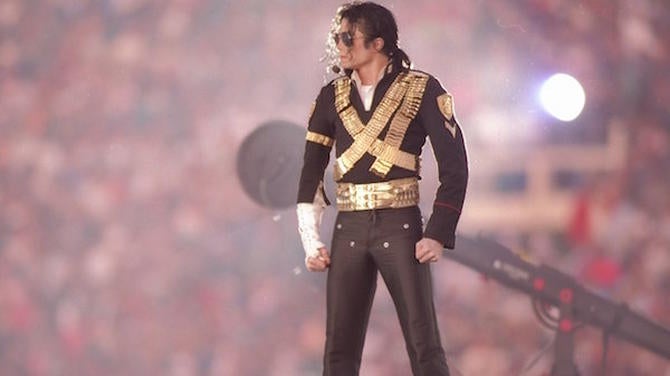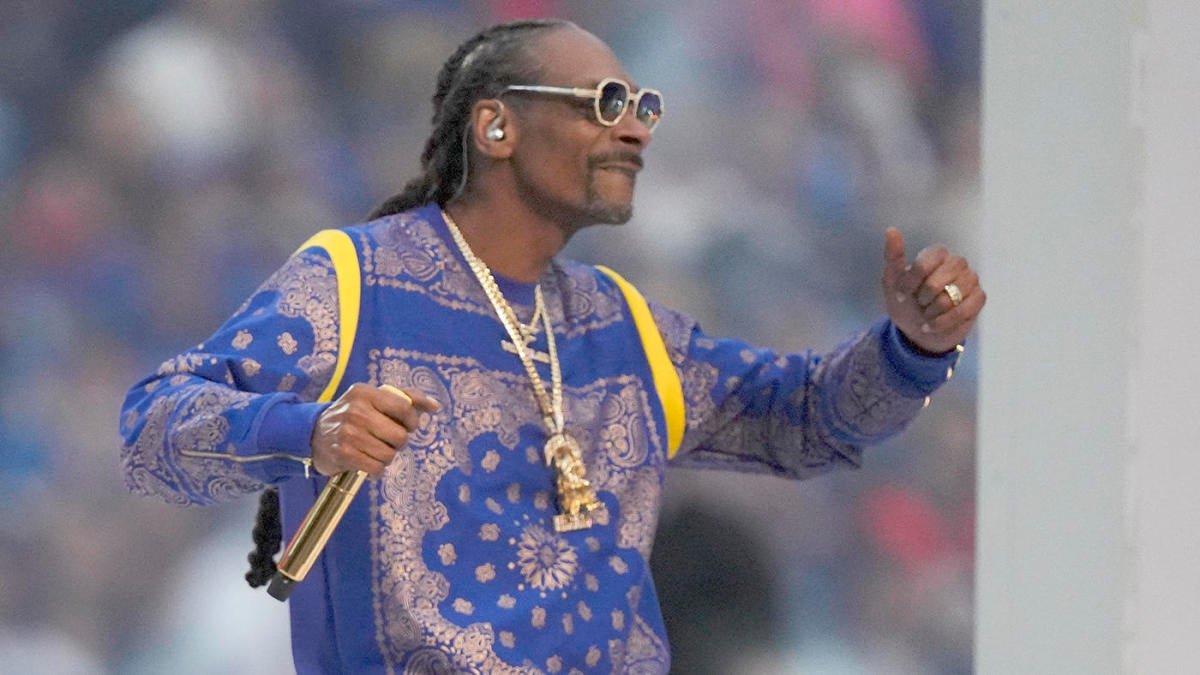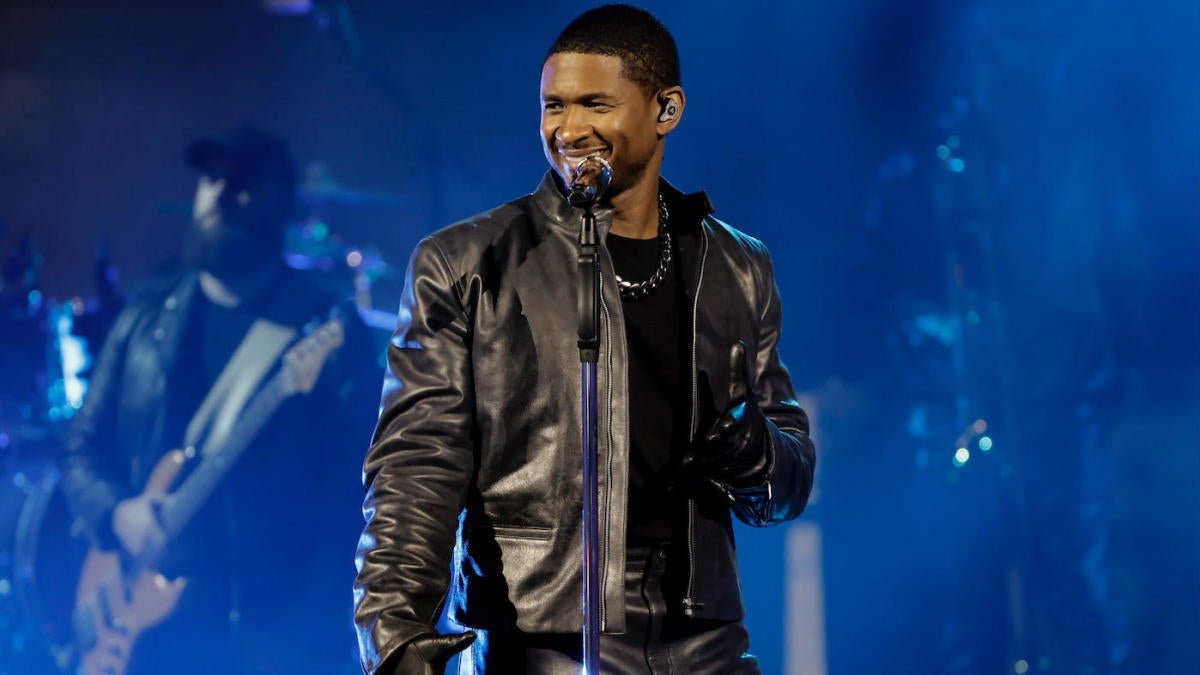Super Bowl LVIII in Las Vegas is fast approaching and the Kansas City Chiefs and San Francisco 49ers have been preparing for the big game over the last two weeks. But you know who else has to prepare for Super Bowl Sunday? The mascots. Those furry larger-than-life characters bring an excitement level to the game and the fans in attendance, and have to be on their game as well when the Super Bowl spotlight is on them.
In the NFL, all players dream of making it to the big game, but, hey, for mascots this is the ultimate stage as well. For the Chiefs and 49ers we are talking about K.C. Wolf and Sourdough Sam, respectively. Unlike some of the other teams in the league, these mascots and their names are not obviously linked to their teams.
For those wondering just how these mascots came to be on the sidelines, we did the research so you don’t have to.
K.C. Wolf
The original Chiefs mascot was named Warpaint and it was a horse ridden by a man in a headdress. K.C. Wolf replaced this mascot in 1989. Wolves are not the thing most people think of when they picture Kansas City or Missouri, and according to Wolf.org, the state does not even have a wolf population. Wolves may not be running around the area, but there is one running around Arrowhead Stadium.
The concept of the mascot came from a group of wild fans that sat in temporary bleachers at Municipal Stadium, the baseball and football stadium that housed the Chiefs from 1963 to 1971. These fans, who were called the “Wolfpack,” clearly made quite the impact on the team, and their legacy lives on forever in the form of the current mascot. The K.C. part of the name is rather obvious.
K.C. Wolf has its own Twitter account and was the first NFL mascot to be inducted in the Mascot Hall of Fame. K.C. Wolf has attended multiple Super Bowls, as this is the Chiefs fourth appearance in five years.
Sourdough Sam
Sourdough Sam is the first official mascot for the Bay Area’s team and stepped onto the scene in 1994. Before Sam, a mule, Clementine, was at games in the 1950s and 1960s donning a red saddle during appearances.
In the 1970s, the team went with their gold rush theme and had a prospector-type of mascot. Sourdough Sam has gone through changes, from outfit variations to even a change in eye color, and eventually took the persona of a miner rather than a prospector. He wears a jersey and of course wears the number 49, for obvious reasons.
Nicknamed SDS, the team’s icon is described as “the hardest working mascot in the NFL” and “loves to have fun.” When Sourdough Sam is not at Levi’s Stadium, he is digging in the gold mines and enjoying his favorite food which is a San Fran staple: sourdough bread. You know a food is important to a city when their team’s mascot bears the name.
So when you’re watching the Super Bowl on Sunday, be sure to pay extra attention to these mascots who have also worked their whole lives for this moment.
How to watch the 2024 Super Bowl
- Date: Sunday, Feb. 11
- Time: 6:30 p.m. ET
- Location: Allegiant Stadium (Las Vegas)
- TV: CBS, Nickelodeon | Stream: CBS broadcast on Paramount+



